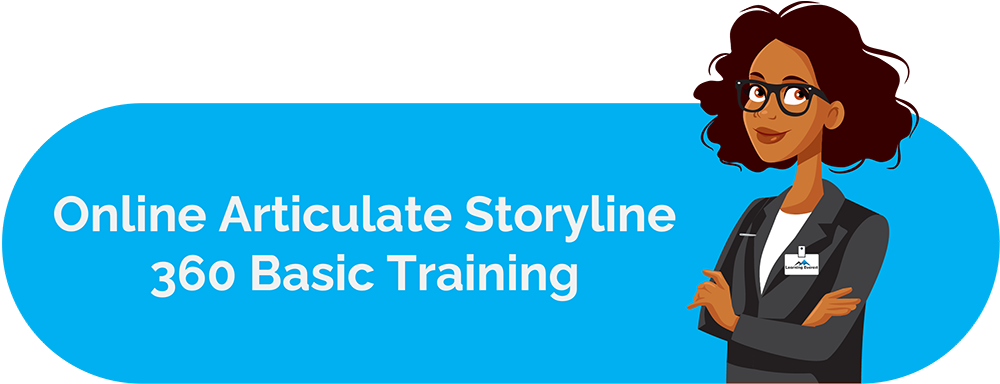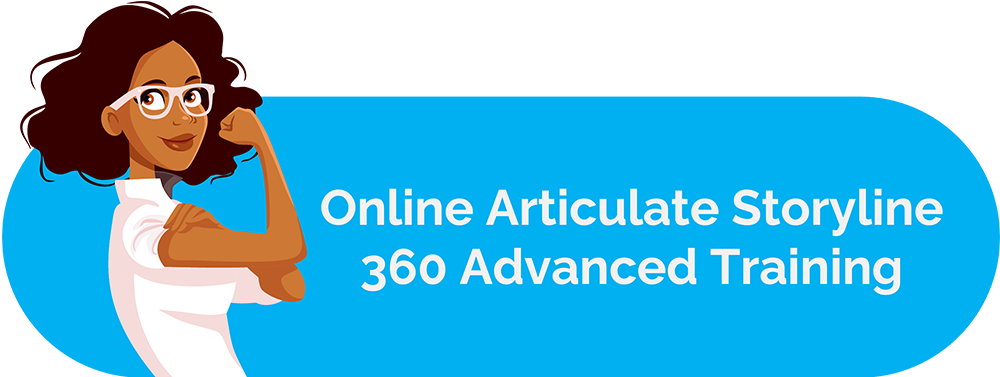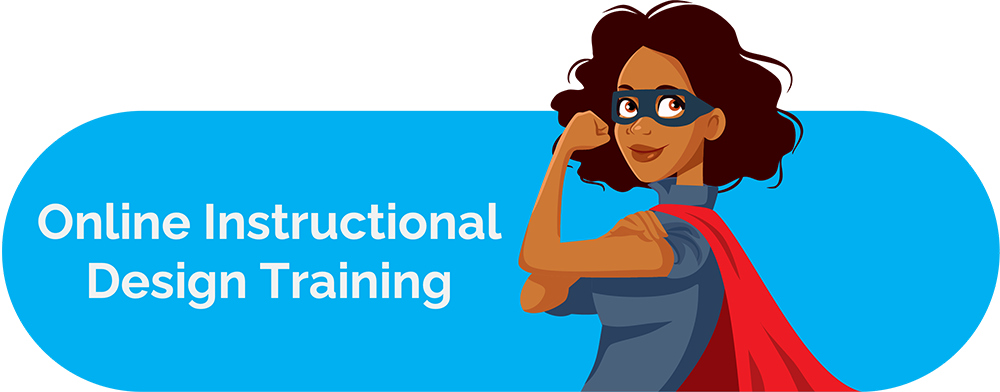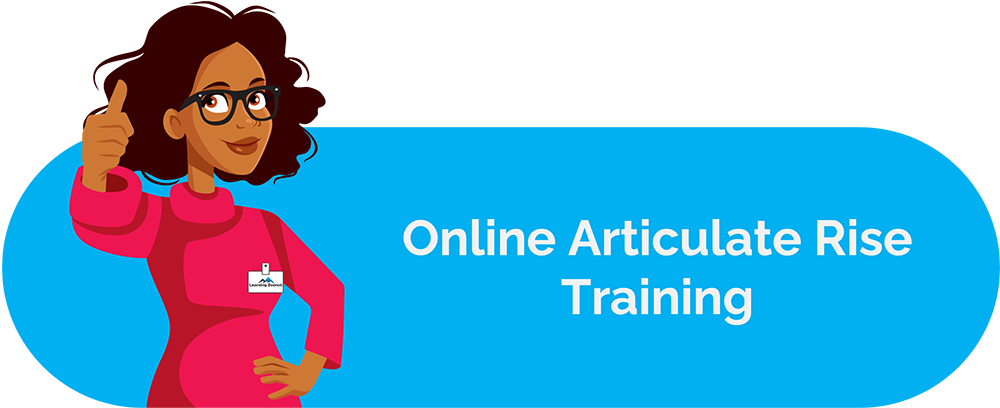What is microlearning and why microlearning in corporate training is need of the hour? In today's world of digitalized lifestyle and mobile revolution, capturing people's attention has become a real task. According to the study by technology giant Microsoft, the attention span of people has fallen from 12 seconds to 8 seconds. Attention span is directly linked to the skill to memorize the content for a longer time. For some years, there have been rounds about the average attention span of the learners. It is believed that the attention span is supposedly shrinking and has gone down to 8 seconds, lesser than that of a Goldfish, which is estimated to be 9 seconds.
Table of Contents
Is it the content overload that is causing this shorter attention span, or is there some other reason? How can we go on binge-watching our favorite series back to back without even budging off from the couch, or how do we go on reading our favorite book for hours together? So, we can conclude that it’s just not the short attention span but how much interest do we have in the content that is grabbing our attention. Is the content interesting and engaging enough to sustain the attention for a more extended period? According to the State of attention report, 33% of respondents said that visual stimulation is critical to maintaining their attention, and 85% of respondents said, a great story captures the focus and keeps them engaged with the content. So, we can say that it’s the content and the visual stimulation combined, which is the key to sustaining the attention of a learner.
This situation implies that it is high time we change the traditional scenarios and give way to the development of new microlearning modules to make learning more practical for the learners.
What is microlearning, or what is bite-sized learning?
Microlearning, also known as bite-sized learning, is a training approach that offers bite-sized, small, and more focused learning nuggets carrying just the necessary amount of information to help trainees achieve their goal without a huge time commitment. It is the perfect way to reach and effectively train the employees without cognitive overload. It also makes learning more practical and appropriate.
The relevance of Microlearning in Business and corporate world:
Microlearning in business is already defining a new landscape in training employees. Rapid Learning Institute recently conducted a survey in which 94% of Learning and Development professionals stated that they prefer bite-sized online learning modules to traditional time-consuming eLearning programs because their learners prefer it (Byoette 2012).
Factors to be considered while designing microlearning in business and corporate training:
- Set your training goals: First and foremost, the thing is to do thorough research on your plans and outcomes you wish to achieve from your training course. Involve your employees in small tests; this will give you an estimate of their skillset and areas that need improvement. Now, with the knowledge of goals and vision, it’s easy to develop an efficient microlearning module in business and corporate training.
- Know your employees: Create the lessons according to the need and learning style of the employee. Never create the same module for every employee in the organization. The module should be based on their existing knowledge, skills they lack, the devices they use, etc. Microlearning is based on the idea of personalized training. So, it’s good to know your employees and design the microlearning lessons accordingly to make sure employees get the best information. This could be done by surveys, brainstorming activities, or taking the personal approach to serving the purpose.
- Make microlearning available anywhere, anytime: What is the one thing we carry with us 27/7? Our mobile phones, right. So, it’s essential to make microlearning modules available on mobile phones. Once they are on phones, employees would no longer see it as a distraction from their everyday duties. And far from a restricted schedule, they will take charge of their learning for professional development.
- Types of content: The kind of content taught in microlearning is very important. As in microlearning, we deliver the point-to-point information, so the content should be crisp and informative. Some examples of the type of content that can be included in a microlearning course could be; facts (research findings, statistics, specifications), Concepts (ideas, definitions), Process (phases, working of something), Principles (rules, guidelines, tips, do’s and don’ts) and the like.
- Induce some instructional activities: The most effective way to practice knowledge and skills is by indulging in some task-centered activities. Here the learners will learn the content by performing the task related to their job. This will help them to connect to the content and understand it’s a real-time application.
- Use gamification: Use healthy competition to enhance learning. Reward the learners with badges, points, leader board for those who complete the courses. The introduction of gamification in eLearning courses makes learning an exciting and fun process.
- Evaluate design options: The goal is to communicate the learning outcome in the best or most efficient way possible. Use of animations, Creative presentations, AR/VR features, 3D models, audio/video files, including assessment features, etc. can be used to bring alive the subject. It also provides learners the opportunity to learn at their own pace. Practicing concepts in a virtual environment before putting them to test in real situations makes the process cost-effective and also helps in assessing their grasp of the subject.
Ideal duration of microlearning or bite-sized learning module:
Microlearning or bite-sized learning modules are small and focused information nuggets. They typically range in duration from 3 to 5 minutes and are usually focused on one or two tightly defined learning objectives. In contrast, traditional eLearning modules can take between 30 and 60 minutes (or longer) to consume and have a broader range of objectives.
Cost-effectiveness of microlearning:
It is estimated that microlearning can cut development costs by 50% while increasing the speed of development by 300%.
Benefits of microlearning or bite-sized learning in corporate training:
Where my reason, imagination or interest were not engaged, I would not or could not learn.
Sir Winston Churchill
A. Benefits of microlearning or bite-sized learning to the learners:
- Enhanced learning: As said earlier, the attention span of humans has fallen to 8 seconds. Microlearning modules are of very small duration generally of 3-5 minutes, which prevents cognitive overloading of data, delivering precise and necessary information making it easy for the learner to understand and retain knowledge. Small and focused bites help in enhancing learning.
- Optimum utilization of time: With a busy daily schedule and work, employees are not able to spare much time for training. It is observed that employees are just able to put 1% of their time to training and development. Now, this training problem is solved with the availability of information in the form of small nuggets for consumption at any time, anywhere, and not restricted to a fixed schedule.
- Personalized learning: Microlearning is just not breaking the conventional 3-6 hours long e-learning training programs by segregating the information in small chunks, but it’s also addressing specific learners’ needs. All the employees are provided with different courses instead of dumping the same program to everyone. Each bite is kept as crisp and point-to-point to enhance learner’s retention and to match the learner’s pace.
- Sense of achievement: Learners enjoy learning through bite-sized learning because completing 2-3 modules fill them with a sense of accomplishment, while traditional extended programs make them feel dull and bored.
- Flexible learning: Mobile devices are opening new avenues of knowledge. Mobiles are now representing 65% of the digital time while the desktop is becoming a secondary screen. Bite-sized learning on mobile phones makes the learners access the content anywhere, anytime provoking the learners to take charge of their training for professional development.
B. Benefits of microlearning or bite-sized learning to the learning and development team:
- It’s faster, cheaper, easier: Microlearning is more affordable and quicker than traditional eLearning. It offers a modular assembly, which is easy to manage in a CMS, making swap outs and corrections fast and straightforward. Since small segments are more comfortable to translate, it makes it ideal for global training and multiple cultures.
- It offers production value when you have saved nearly 50% on training. You can afford to cater to the demanding audience accustomed to entertaining content and high production value and, hence boosting the business.
- Maximum benefit through minimum input: Microlearning allows maximum benefits through minimal cost. It acts as a useful tool that is less labor-intensive to design, execute, render, upload, etc.
- Increasing productivity: If the training content is longer, then it will take a longer time to produce, turnaround, and execute. Microlearning is changing the entire scenario by easing distribution and learning while reducing lost productivity for out of office workers and unnecessary expenditure on logistics arrangements.
- Evaluates training programs easily: Microlearning is easily assessable and trackable, aiding organizations to see the impact these pieces of training have on actual job performance, in real-time.
C. Benefits of microlearning or bite-sized learning on businesses:
Bite-sized learning or microlearning can result in better business outcomes:
- Microlearning in the industry is getting maximum benefits: This approach puts the Pareto (80/20) principle to good use. 80% of positive eLearning outcomes are due to the vital 20% factors that are responsible for. Thereby reducing cost and increasing the return on investments.
- Keep employees updated: As microlearning or bite-sized learning is highly accessible and course materials are easy and inexpensive to create. It enables the employees to stay with the current trend and regulations as well as technological advancements. Employees are the backbone of any business, and if their training evolves in parallel with the pace of business and marketplace change, the business will flourish.
Conclusion
Microlearning or bite-sized learning is an excellent tool in corporate training. With microlearning, you can create bite-sized lessons. We can enrich them with rich media formats, add evaluation tools and ensure that the lessons are accessible anytime, anywhere, thus, giving your employees or the learners access to information at the right time and in the right way. Microlearning has consistently achieved higher rates in performance improvement, values, returns on investment, over traditional methods of training. It is faster, cheaper, more comfortable for developers to produce, and for learners to learn.
We are Learning Everest, specialize in creation of microlearning modules and we would glad to provide you with the solution to your learning needs. Please contact us to schedule a meeting or drop us an email at [email protected]






Thanks for sharing very informative information with us.